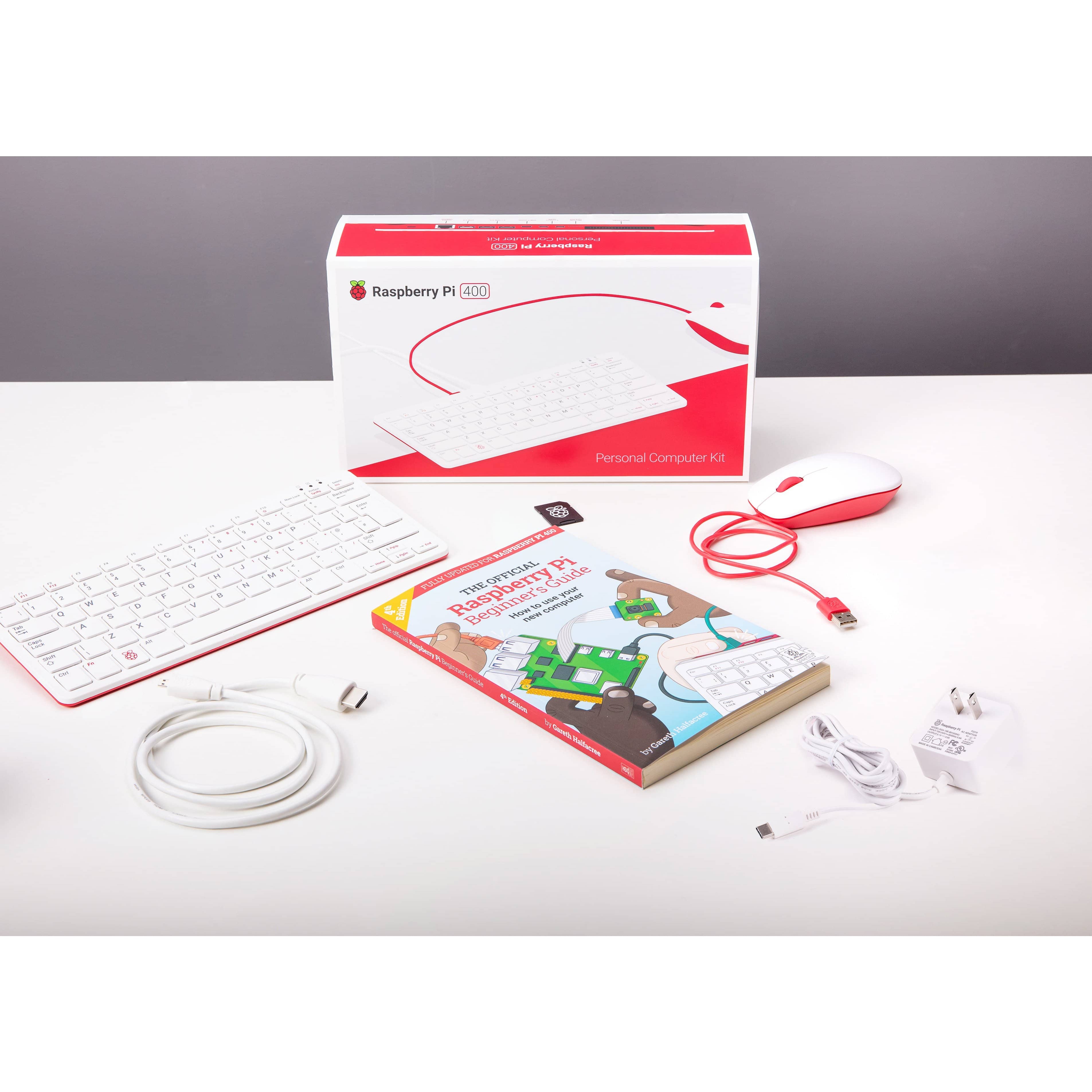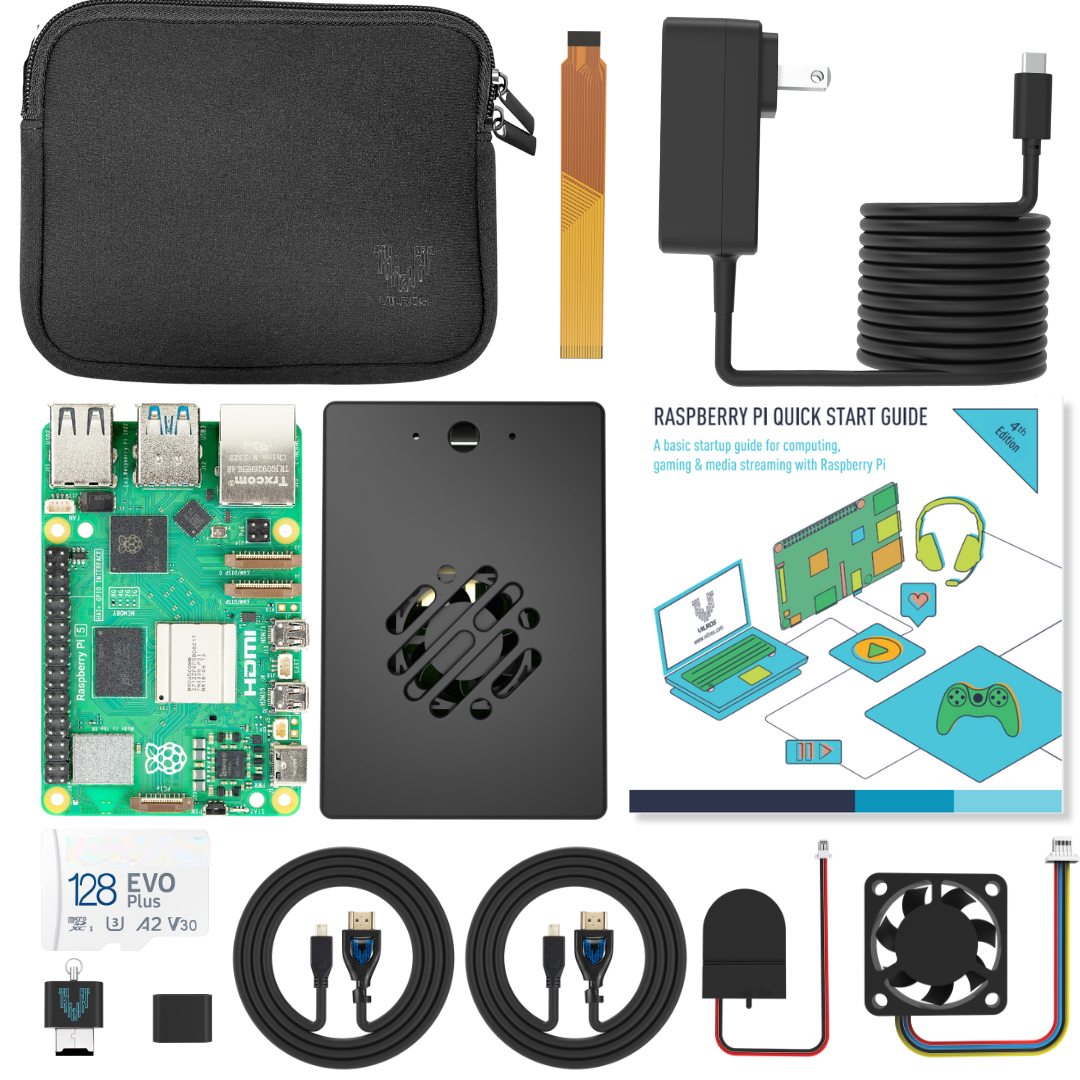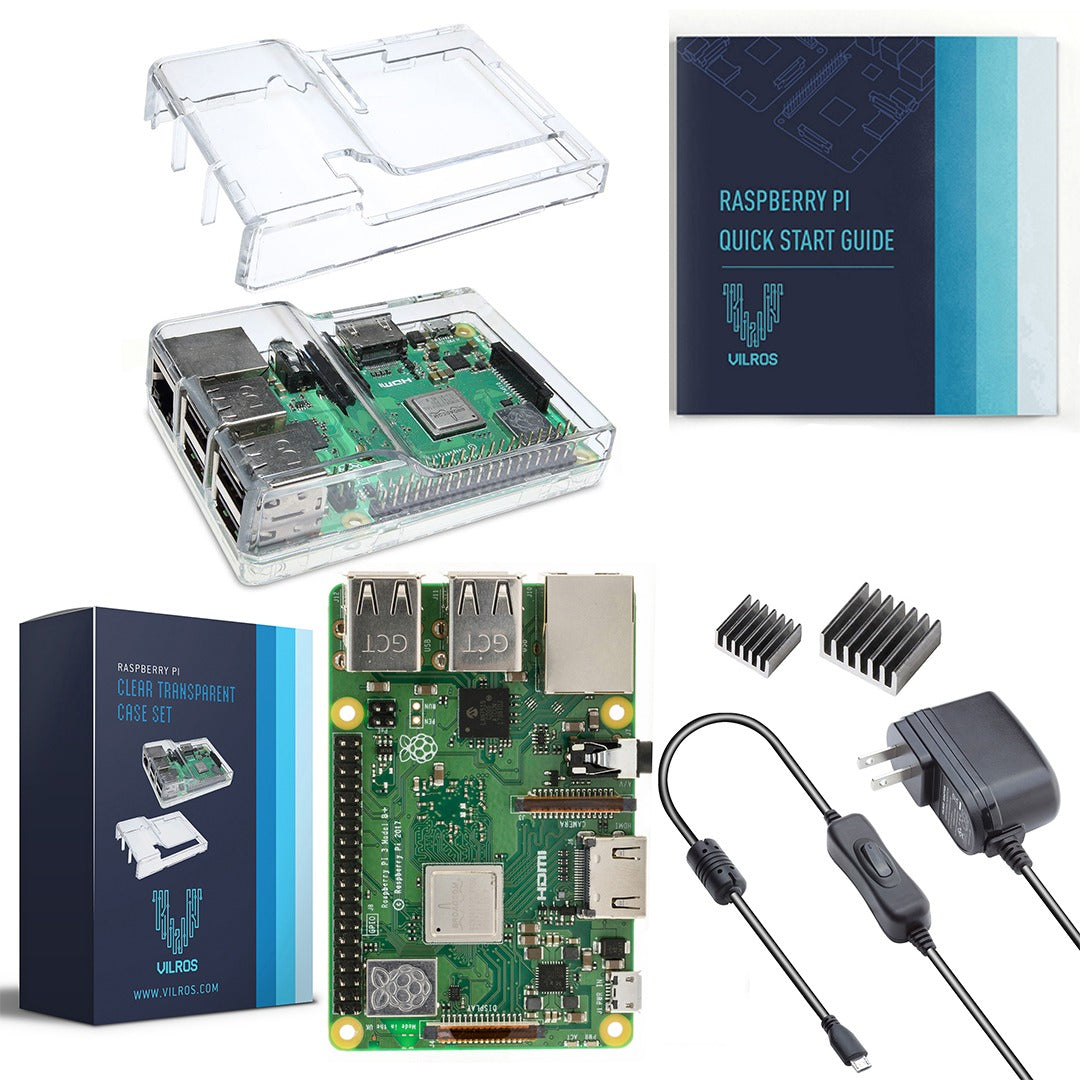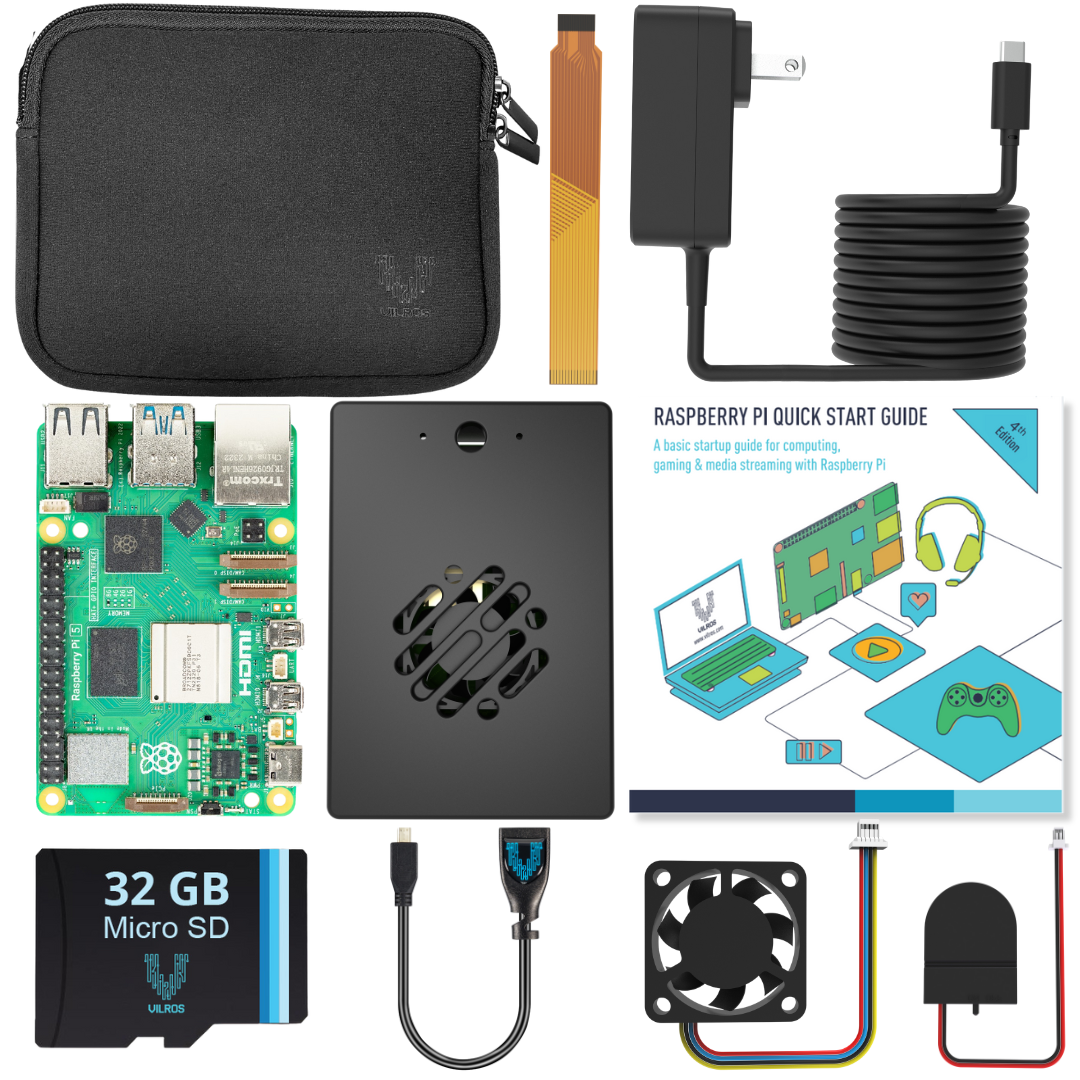
Raspberry Pi Powers an Affordable Endoscope Camera
Raspberry Pi Powers an Affordable Endoscope Camera
Raspberry Pi technology powers cutting-edge advances in a variety of fields. One recent example involves development in endoscopy.
Endoscopic camera-based technology allows doctors to see a body’s internal organs by inserting a camera into the body. This water-resistant miniature camera makes it possible to view the body’s internal organs without the need for a potentially risky operation.
The Need for an Alternative to Traditional Endoscopy Methods
Although endoscopy is a marvel of modern medicine, the traditional endoscopic technology has left much to be desired.
Harold H Hopkins’ invention of glass rod lenses and Karl Storz’s development of the fiber-optic cold light source were combined to create the traditional endoscopy method. Although this method is helpful to patients, it is an expensive option, which makes it prohibitive in low-income economies and constrained environments.
In addition to the exorbitant cost, there are other aspects of the traditional technology that could be improved upon. These include:
- The need for a lighter system because the weight of the endoscope, cables, and camera is significant.
- The external cables in the traditional method reduce the maneuverability of the system.
- The fragile lens is subject to easy damage and would be expensive to replace.
Luckily, these drawbacks are easily overcome by the Raspberry Pi Zero endoscope camera!
Raspberry Pi Delivers on What Matters 
The Raspberry Pi Zero endoscope camera was developed by researchers J.M. Lazarus and M. Ncube at the University of Cape Town. Their research paper provides an in-depth look into their entire process in developing this new endoscope camera.
Starting with the aim to make endoscopy a reality in medical settings that can’t afford expensive
methods, Lazarus and Ncube came up with their design.
With their prototype, the researchers set out to replace:
- The Hopkins glass rod lenses with the help of a miniature camera
- The fiber optic illumination using miniature light emitting diodes (LEDs)
- External camera cables using wireless video transmission
- Power cables using rechargeable batteries that are capable of performing for 2 hours without needing to be recharged (1200 mAh battery)
And it works! Built for a mere $230, this new Raspberry Pi endoscopic camera is thousands of dollars cheaper than the traditional wired options (which typically cost around $28,000).
Notable Features of the Raspberry Pi Endoscope Camera 
Lightweight and portable
Weighing just 184 g, the Raspberry Pi Endoscope Camera is a lightweight and portable option that will increase the convenience of operations in medical settings.
Wireless video transmission
Wireless video transmission is made possible in close to real time and the imperceptible latency is less than 200 ms. Although the zoom option is not available, the device offers good white balancing and color rendering. High-definition image quality is also made possible at 30 frames per second.
High-definition tube camera
A 1280 × 720 pixel high definition tube camera helps in the generation of the video signal that is transmitted for display onto a laptop computer.
Quality imaging for less
The Raspberry Pi powered endoscope camera doesn’t just deliver the same quality for a cheaper price. It actually improves quality in many aspects and offers greater convenience at a lower price point.
How did researchers manage to make it cheaper?
Researchers Lazarus and Ncube managed to keep the cost low at $230 by making use of the RaspAP software. This made possible a wireless setup as well as a management system to get a wireless access point put up and quickly run it on Raspberry Pi. The Raspberry Pi can then receive camera images and transmit them onto a display device for easy viewing. They also used the Raspberry Pi Zero W (available here at Vilros just $10) for high-definition video.
This may just be a beginning, but it has the potential to change the future of many medical operations going forward!
Feeling inspired? You can find more exciting news and updates from Raspberry Pi and Arduino here on our Vilros blog!





